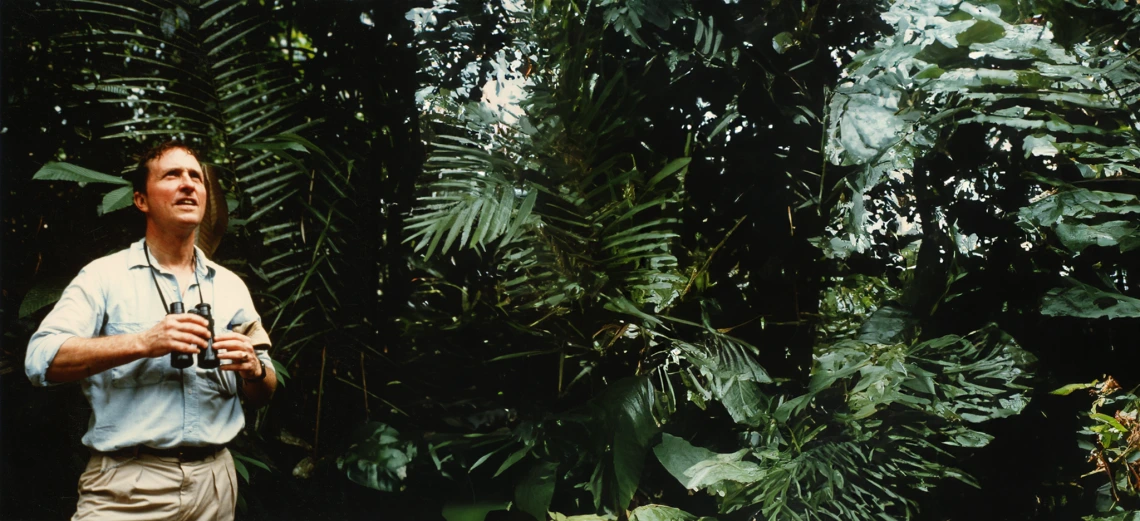Think Globally
The Lovejoy Center aims to protect biodiversity through policy.

2024 saw the birth of the Lovejoy Center for Bridging Biodiversity, Conservation Science and Policy, an initiative within the Arizona Institute for Resilience designed to advance research into biological diversity and stake out sensible, science-based policy for the future.
The center was named for scientist and conservationist Thomas Lovejoy, who helped popularize the term and concept of “biodiversity” — the richness and variety of life on Earth — and was established with a $5 million gift from the Thomas Lovejoy Amazon Biodiversity Center.
Work at the center is already off and running. In October, the center sent a delegation of U of A researchers to the 16th meeting of the Conference of the Parties to the Convention on Biological Diversity in Cali, Colombia, to network with the global community and represent the great work in conservation science already being done at the U of A.
“Tom Lovejoy was arguably one of the most influential science diplomats and conservationists of our time,” says the center’s inaugural director, Rachel Gallery. “And so being able to bring a group of University of Arizona folks to something like the COP16 on biodiversity is basically honoring and building on Tom Lovejoy’s legacy of really strong science and the ways in which that can be used to inform policy to protect biodiversity.”
The center also is in the process of harvesting its first round of Lovejoy Fellows, who Gallery says will bring great new research to the U of A while also increasing the diversity of voices in conservation science leadership — an essential feature when tackling a global problem.
“We know that biodiversity is essential for many reasons, including but not limited to climate adaptation, food security and economic well-being,” Gallery says. “And so protecting and conserving and restoring ecosystems is essential to preserving biodiversity and mitigating climate change. And this requires us to have evidence-informed, durable policies; financial incentives; and also broader representation in global conservation science leadership.”

